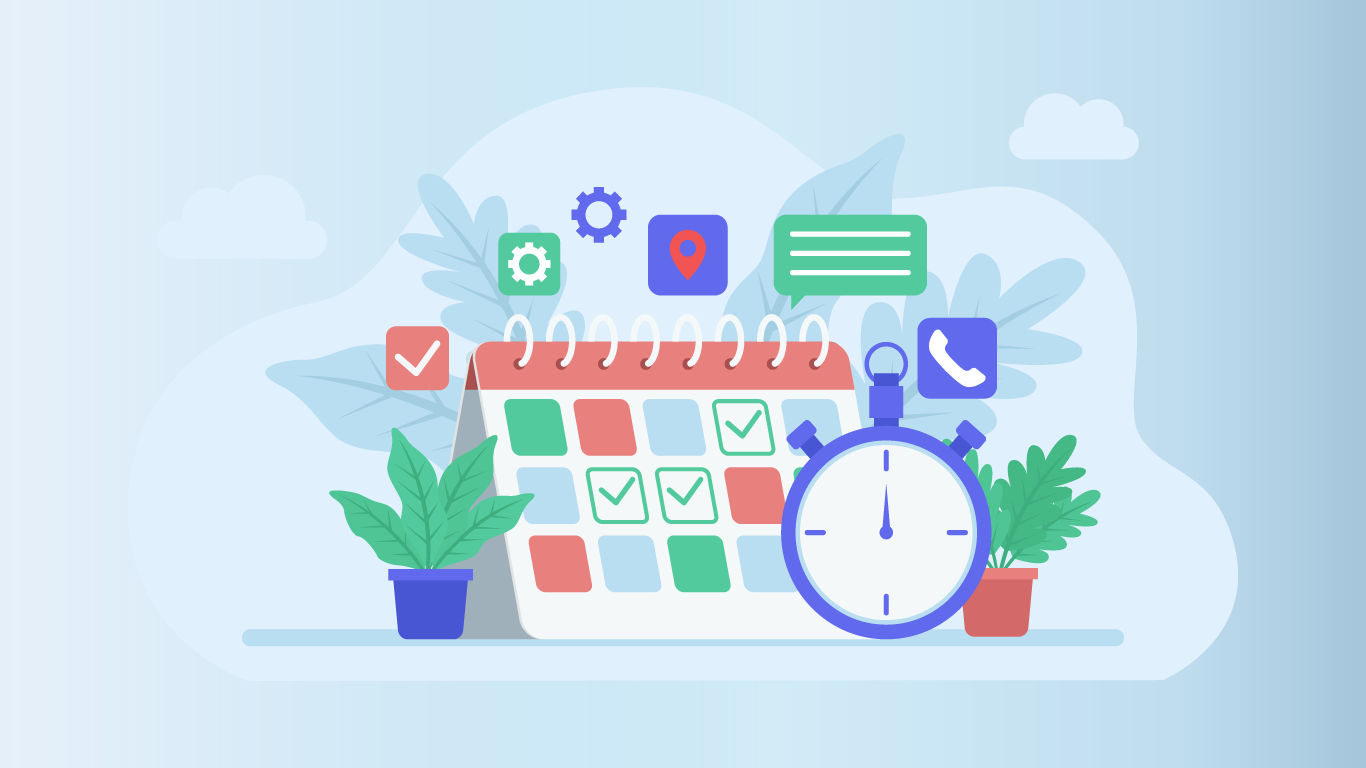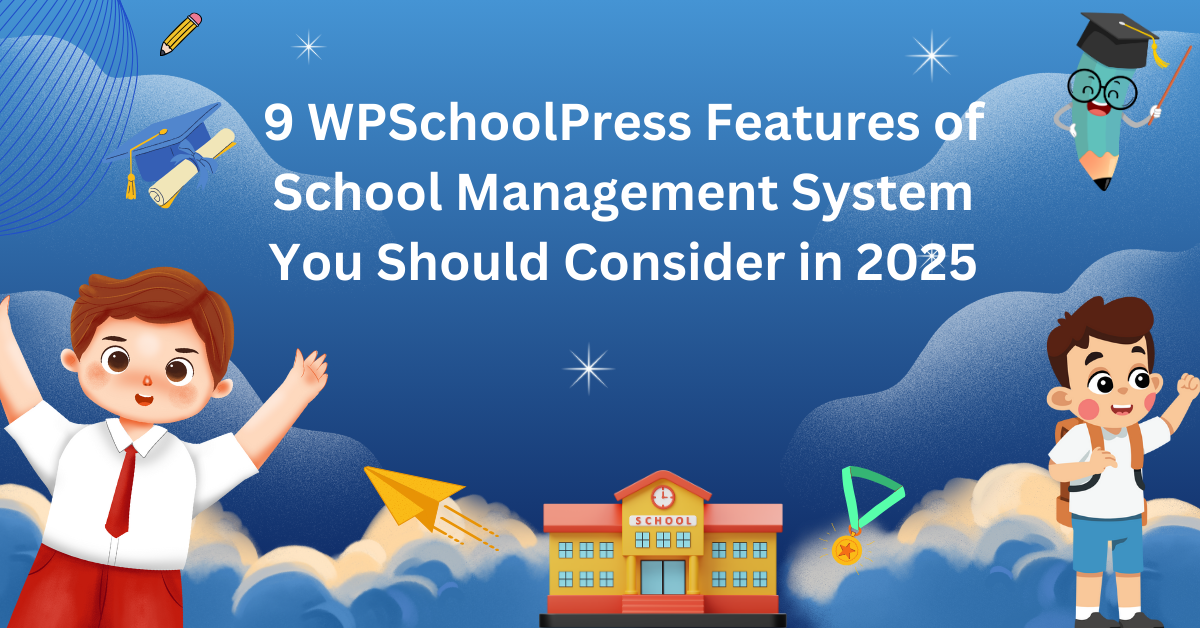Classroom Management Systems
In today’s fast-paced digital age, educators face numerous challenges in managing their classrooms efficiently. With the advent of technology, teachers are now turning towards innovative solutions such as Classroom Management Systems to streamline their teaching processes and create conducive learning environments. Let’s delve into how these system tools assist teachers in managing their classes effectively.
Understanding Classroom Management Systems
With the use of online classroom management systems, educators can examine, keep an eye on, and manage their students’ digital learning and technological device usage. Teachers and other faculty members can dismiss tabs that aren’t related to each other or perform similar activities by using system solutions that provide a consolidated view of students’ device screens.
The best classroom management system has screen monitoring features that let teachers see the entire class at once or just one student’s screen.
Let us first understand the fundamentals of Classroom Management Systems before delving into their advantages. These are system programs made to assist educators in managing several facets of their classrooms, such as lesson planning, grading, contact with parents and students, and keeping an eye on what happens in the classroom.
Why is a Classroom Management System Required in Schools?
For kids at all school levels, connected notebook computers and tablets are becoming the standard. When utilized appropriately, those technological tools can greatly enhance students’ educational experiences. Regretfully, pupils may become sidetracked and have diversions as a result of using those same technologies.
Benefits of Classroom Management System for Teachers
1. Streamlining Administrative Tasks
The capacity of Classroom Management Systems to simplify administrative work is one of their biggest benefits. Routine duties like making seating charts, taking attendance, and planning lessons are automated by these system programs. Teachers can improve the quality of learning and provide each student individualized attention by automating these processes, freeing up crucial time.
2. Enhancing Classroom Engagement
The use of classroom management systems is essential for raising student involvement. These system programs frequently have interactive elements like polls, tests, and digital whiteboards that promote student engagement. Additionally, by including multimedia information in their classes, teachers can leverage these platforms to enhance student engagement and facilitate interactive learning.
3. Monitoring Student Progress
Monitoring student development is critical to good teaching. Gradebooks and progress trackers are only two of the many features that classroom management systems have to offer for keeping tabs on student performance. Grading, classroom attendance monitoring system, and pinpointing areas where students might require more help are all made simple for teachers. Teachers can effectively adapt their education to fit the different requirements of their pupils by using this data-driven method.
4. Promoting Collaboration and Communication
The secret to great classroom management is effective communication. Through parent portals and integrated messaging systems, classroom management systems help instructors, students, and parents communicate. Teachers can instantly notify parents of critical information and send announcements, homework, and feedback to kids. All parties involved collaborate better when there is smooth communication, which creates a more encouraging learning environment.
5. Ensuring Classroom Discipline
For educators, upholding discipline in the classroom is of utmost importance. Classroom management systems provide tools to support teachers in enforcing rules and successfully handling disruptive behavior. With the use of these resources, educators can keep an eye on what students are doing on school-issued devices, impose screen time limitations during class, and block access to websites that could be distracting. Classroom Management Systems help to promote discipline in the classroom by giving teachers the resources they need to keep the classroom engaged.
6. Supporting Differentiated Instruction
Every learner has different requirements and preferences. Classroom Management Systems enable teachers to tailor learning experiences for every student, which supports differentiated instruction. Based on information about student performance, teachers can design personalized lesson plans, give tailored assignments, and give focused comments. With this customized approach, every kid is guaranteed to get the help they require to excel academically.
7. Facilitating Remote Learning
With the popularity of hybrid and distant learning models, classroom management systems have grown to be essential resources for educators. These systems provide tools like screen sharing, video conferencing, and virtual classrooms that are specially made for teaching remotely. Regardless of where students are physically located, teachers can conduct live courses, lead group discussions, and share educational resources with them. Teachers can easily adjust to evolving learning settings thanks to this flexibility.
8. Ensuring Data Security and Privacy
As more and more educational institutions use technology for instruction, it is critical to protect student privacy and data security. Classroom Management Systems place a high priority on safeguarding private student data by adhering to data privacy laws and implementing strong security measures. Instructors may concentrate on their main objective of providing high-quality training since they know that the data about their pupils is safe and secure.
What is the price of a classroom management system ?
The seat sells a system for managing classrooms. When school districts combine classroom management systems with a web filtering system, for example, the price per seat for the system is more competitive, thanks to bundled pricing offered by certain solution vendors.
Conclusion
Classroom management systems are essential tools that help teachers run their classes efficiently. These system tools offer a wide range of capabilities intended to improve teaching and learning, from encouraging cooperation and communication to easing administrative work. Teachers can build dynamic and engaging learning environments that encourage students to flourish by utilizing technology to its full potential.







